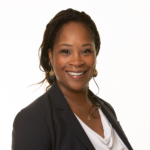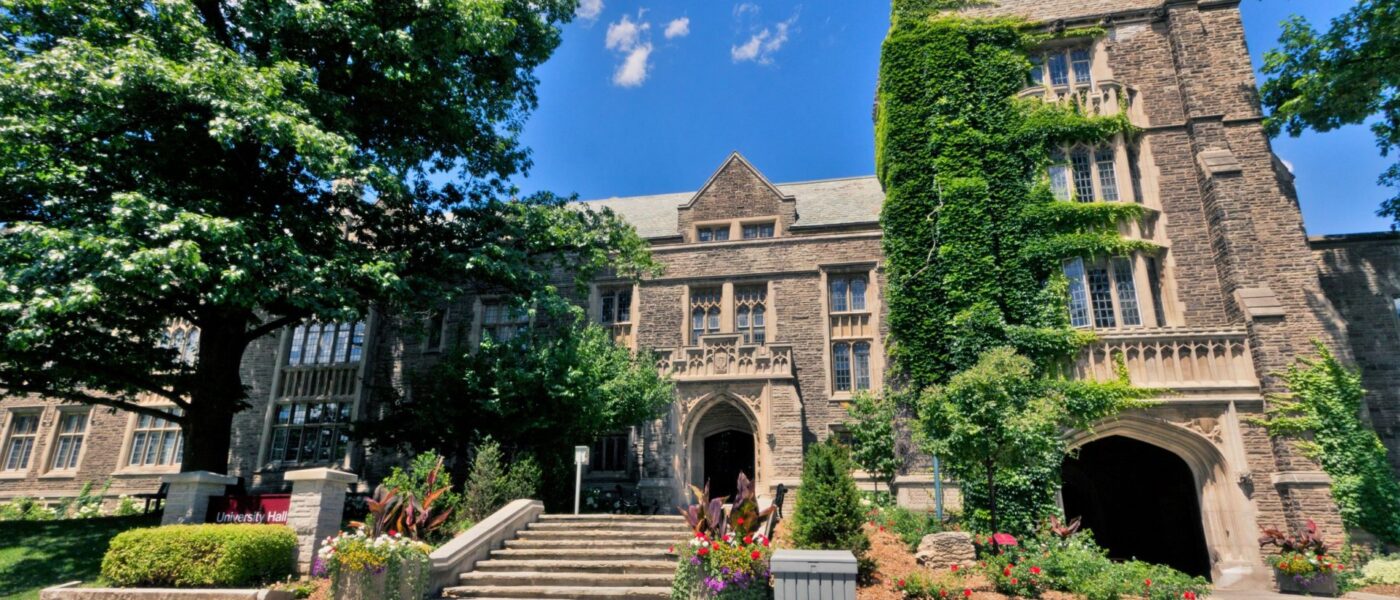Equity, Diversity and Inclusion
McMaster University’s Undergraduate Medical Education Program is committed to the principles of equity, diversity, inclusion, and social justice in all that we do. We strive to:
- Recruit students, faculty, and staff that reflect the diversity of our society;
- Encourage diversity throughout the admission process aligned with the MD Program’s Social Accountability Statement;
- Maintain an environment of equity and respect where everyone can work and learn free of discrimination;
- Assure that our curriculum prepares graduates to meet the needs of the diverse communities that they will serve in their careers;
The program’s work in this area is supported by McMaster’s full commitment to principles and programs for equity and diversity as demonstrated by the McMaster University Statement on Building an Inclusive Community with a Shared Purpose (PDF).
Chair, Diversity and Inclusion

Dr. Natasha Johnson, MD, FAAP, FRCPC
Medical students seeking an appointment with Dr. Natasha Johnson:
- Tuesday afternoons (in-person appointments): 2:00 – 2:25PM or 3:00 – 3:25PM
- Friday mornings (virtual appointments): 11:30 – 11:55AM
If you require urgent or immediate assistance, please contact Patricia Drochner (MD Admissions).
What is Equity, Diversity and Inclusion in Medicine and Medical Education?
Diversity is defined as the array of human characteristics that shape our experience, including, but not limited to race, ethnicity, gender, culture, socioeconomic status, geographic origin, sexual orientation, disability status, language, etc.[i] [ii] At the level of individuals, identities intersect to create unique human beings, with unique experiences, resources, etc.[iii] The diversity of the Canadian population is and will continue to be reflected in the diversity of the patients and communities among which physicians work.[iv]
Inclusion refers to the creation of an environment where everyone feels welcome and respected (i.e., creating the conditions in which everyone has the opportunity to fully participate in the University and everyone’s talents are valued and celebrated). And equity is the fair and respectful treatment of all people and involves the creation of opportunities and the reduction of disparities in opportunities and outcomes for diverse communities. It’s also acknowledged that these disparities are rooted in historical and contemporary injustices and disadvantages.
Medical education is considered an important way in which diversity-sensitive practices can be integrated into the healthcare system.[v] Thus, attention to diversity issues is an important component of undergraduate medical training that aims to create culturally and socially competent physicians who can provide care to patients and communities of different backgrounds. The importance of diversity is recognized in CanMEDS, which specifies respect for diversity as part of the Professional role, and states under the role of Communicator that physicians should “facilitate discussions with patients and their families in a way that is respectful, non-judgmental, and culturally safe.”[vi] [vii]
To learn more, read this CMAJ article, Diversity in medical education: data drought and socioeconomic barriers.
UGME Social Accountability Statement
The UGME program is committed to priority health concerns of the populations we serve. “We commit to serving and including the people and populations in our regions of Hamilton, Waterloo, Niagara, and surrounding communities in all work we do. We reflect systematically with an equity lens on our structures and actions to care, educate, study, innovate and lead in a manner that includes and best serves the marginalized and oppressed.”
Click here to learn more about the UGME Social Accountability Statement
President’s Advisory Committee on Building an Inclusive Community (PACBIC)
The President’s Advisory Committee on Building an Inclusive Community (PACBIC) aims to identify and anticipate issues affecting equity-seeking communities both within the University and relevant to those seeking access to the University, and to advise the President on such issues.
Click here to learn more about PACBIC.
If you are an Aspiring Physician, here are some programs/initiatives/resources that you might be interested in (not an exhaustive list):
- UGME Student EDI Committee:
- The student EDI committee includes representation from student chairs of EDI-related Interest Groups, as well as any students who express interest in joining the committee and working towards common EDI goals. The committee discusses EDI issues in relation to the medical school and supports EDI initiatives for the medical school. For example, currently, a few members of the EDI committee are involved in a project working to include more social medicine learning in tutorial cases.
- Price of a Dream
- Black Applicant Equity Stream (BESt)
- Facilitated Indigenous Admissions Program (FIAP)
- Equity and Inclusion Office – McMaster University
- Black Centre for Student Success
- Indigenous Health Learning Lodge
- UGME Indigenous Health Page
- FHS Office of Learning Environment and Mistreatment (OLEM)
- Pending information: Outreach offered by the McMaster UGME student-led social justice interest group
- Pending information: UGME Student Diversity Survey
[i] Walji M. Diversity in medical education: data drought and socioeconomic barriers. CMAJ 2015; 187(1): 11. DOI: https://doi.org/10.1503/cmaj.141502.
[ii] de Dios, M. A., Kuo, C., Hernandez, L., Clark, U. S., Wenze, S. J., Boisseau, C. L., Hunter, H. L., Reddy, M. K., Tolou-Shams, M., & Zlotnick, C. (2013). The development of a diversity mentoring program for faculty and trainees: A program at the Brown Clinical Psychology Training Consortium. The Behavior therapist, 36(5), 121–126.
[iii] Sorensen, J., Norredam, M., Dogra, N., Essink-Bot, M. L., Suurmond, J., & Krasnik, A. (2017). Enhancing cultural competence in medical education. International journal of medical education, 8, 28–30. https://doi.org/10.5116/ijme.587a.0333.
[iv] Medical Council of Canada. Health of Special Populations – 78-7. Available from https://mcc.ca/wp-content/uploads/Updates-to-the-MCC-Objectives-for-the-Qualifying-Examinations-April-2021.pdf
[v] Muntinga ME, Krajenbrink VQ, Peerdeman SM, Croiset G, Verdonk P. Toward diversity-responsive medical education: taking an intersectionality-based approach to a curriculum evaluation. Adv Health Sci Educ Theory Pract 2016; 21: 541–559.
[vi] RCPSC. CanMEDS role: Professional. Available from https://www.royalcollege.ca/en/canmeds/canmeds-framework/canmeds-role-professional.html
[vii] RCPSC. CanMEDS role: Communicator. Available from https://www.royalcollege.ca/en/canmeds/canmeds-framework/canmeds-role-communicator.html

